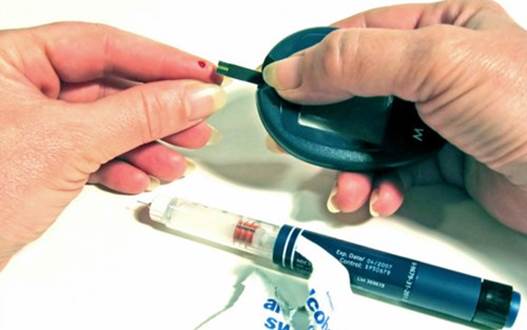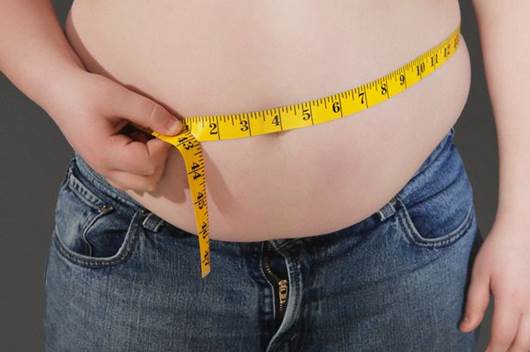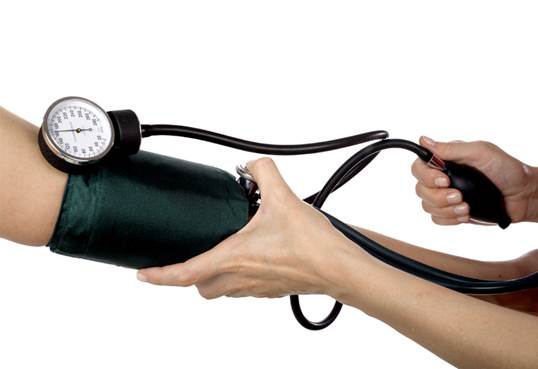If you have any of those signs following,
you should ask your doctor for medical tests to know whether you have health
issues or not. Also, you need to change your diets and do exercises to prevent
diabetes.
The rate of diabetes cases is increasing
rapidly and in most cases, people don’t know they have the disease. Having
pre-diabetes means that your level of glucose in blood is higher than normal; however,
it isn’t as much as one of diabetes. Researches showed that most of people who
have pre-diabetes will quickly have the disease developed into diabetes type 2
in 10 years ahead of time except the fact that they have weight loss, change
their diets and do exercises.
As the pre-diabetes have gradual
developments through years, people often think that the disease doesn’t have
obvious symptoms. Nonetheless, according to Beth Reardon, integrative
nutritionist of the Duke Integrative Medicine center of the Duke University,
you can still recognize reliable signs of the increase in insulin – losing the
ability of sensible glucose metabolism – the main factor during pre-diabetes
period.
Taking notice of signs will help you to
have timely changes before it’s too late.

If
you have any of those signs following, you should ask your doctor for medical
tests to know whether you have health issues or not.
Feeling tired and fatigued after eating
Do you feel sleepy after meals? This is the
normal reaction but, if it happens often, your body can be sending a message to
you about your regimens are really able to lead you to the diabetes.
Solution
Delay the glucose metabolism. Choose crude
carbohydrates like whole grains, vegetables, fresh fruits (but juice), things
that require you longer digestions. This can help stabilize the sugar blood for
a longer while.
Have a light walk after eating (about 15
minutes) instead of sitting in front of the TV. The exercises will help your
body deal with the glucose absorbed in the more effective way.
Reducing eating but receive no sign of weight loss
Most people who have pre-diabetes are
overweight. Only the fact already brings the big risk of diabetes. However, you
should be aware of the fact that you find no sign of weight loss after cutting
down on the calories absorbed. The stubborn stable weight can be a result of
the misunderstood of the body about the fact that cells are receiving energy.

Most
people who have pre-diabetes are overweight.
Cells can hungry and hungrier as the energy
they need (glucose formed ones) isn’t absorbed at the insulin receiving spots
on the surfaces of the cells. To cope with the energy deficiency, the body will
store energy as fat. Therefore, the little amount of foods that we eat is
stored in order that the body will have more fat.
Solution
To solve the situation, you should change
the aim of weight loss. Instead of thinking that “I have to lose 25kg weight
now” or “I can’t do that”, choose small targets. Cutting down on 5-7% weight
can prevent you from or delay 60% the chance of diabetes. You should also
change your lifestyle (mostly the diets) and use drugs along the way to achieve
the target.
Weight increases in the middle part of the body
The increases in weight of the waist and
abdomen are considered to be more dangerous than those in thighs and buttons.
The kind of belly fat relates to the increase of hypertension, cardiovascular,
stroke and dangerous contents of cholesterol. To man, the warning number of
waist index is over 100cm; over 89cm to women.
Solution
Solutions are diets, weight loss and
exercises. It’s not necessary to focus on up and down or abdominal exercises.
You should let your body move in 30-60 minutes a day; it could be fast walking.
High blood pressure including weight gains

The
high blood pressure relates to many different diseases.
The high blood pressure relates to many
different diseases. However, the pre-diabetes can be the reason: the weight
gain (especially at the middle part of the body), tiredness and other negative
elements (the abnormal level of cholesterol, high levels of triglycerides) seem
to follow the high blood pressures.
Numbers that need being aware of include a
blood pressure measurement of 130/85 ore over; the amount of good HDL
cholesterol under 40mg/DI to man and 50mg/DI to women and 150mg/DI of
triglycerides.
Solution
Reduce weight gradually by changing diets
and increasing exercises.